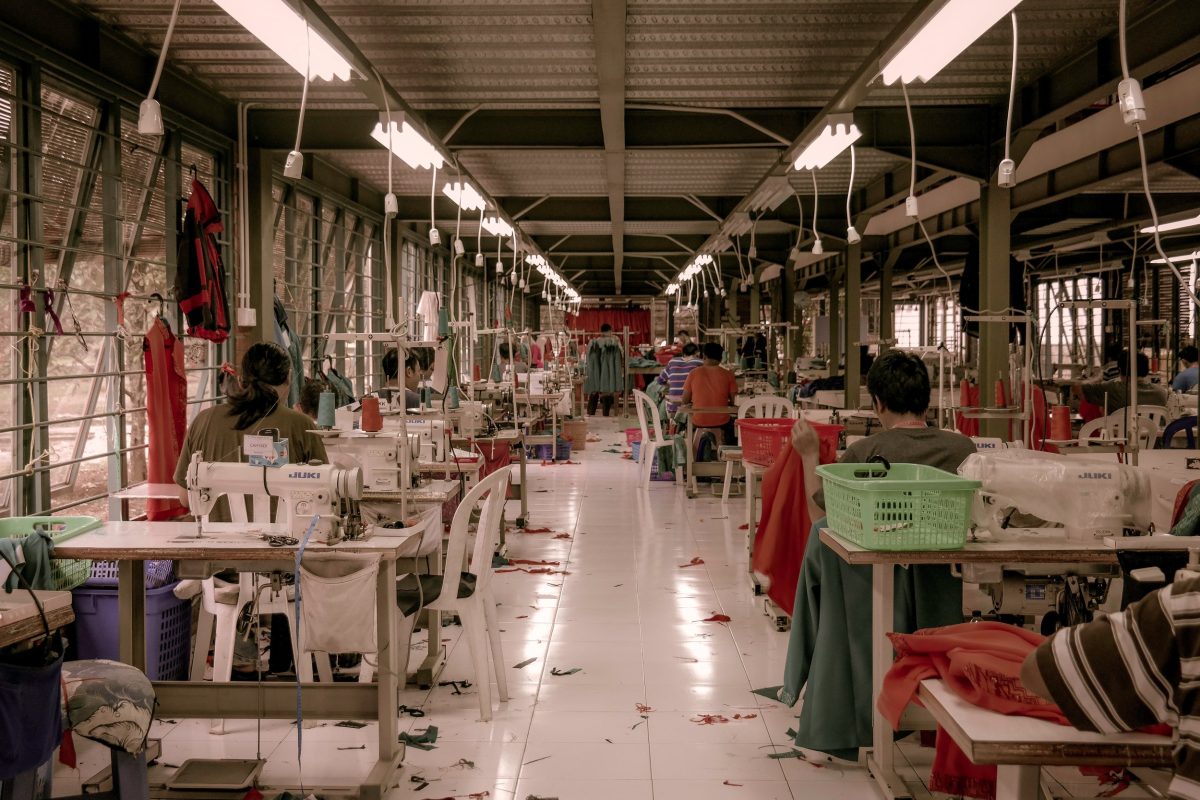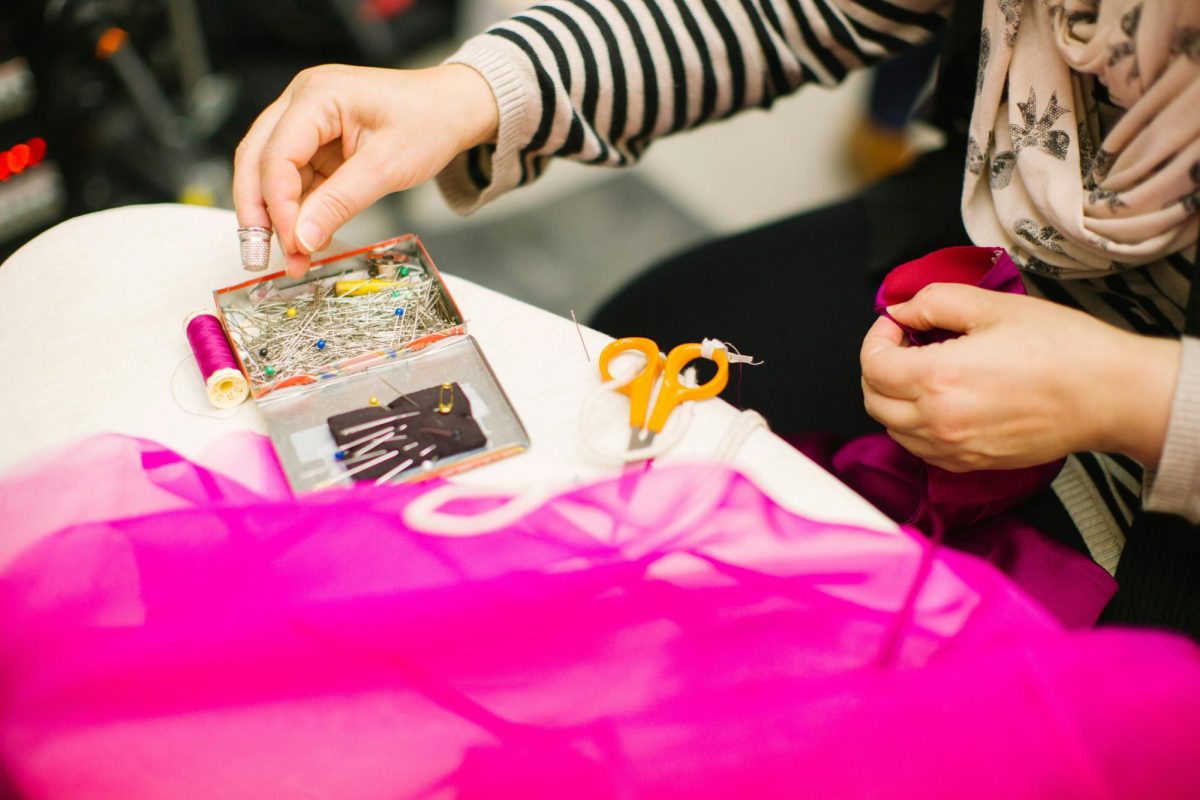Photo courtesy of Rio Lecatompessy on Unsplash
It used to be common for people to pass down clothing or jewelry to their younger family members. Consider the gold necklace that your grandmother gave you or the coat that your father wore in the eighties. Sure, you can try to pass those things down to your future children, but ever-changing trends and the rise of fast fashion mean that current clothing is not crafted to withstand more than a few months.
All of these pieces end up in landfills, since they typically tarnish too quickly to even be donated, only contributing to global pollution. It’s obvious that fast fashion is leading our environment in a poor direction, especially when compared to the craftsmanship of past generations.
It’s common to blame companies like Shein for the fast fashion problem, yet they aren’t the only culprits. Just because their prices are low doesn’t mean that Shein and similar companies are wholly responsible for poor-quality clothing that’s worn a few times and then tossed out. Even high-end companies that charge hundreds of dollars for their clothing outsource labor and materials at low costs in order to spend as little as possible and increase profits.
Take Urban Outfitters as an example. During my time working there, I discovered that nearly all the clothes tarnished easily and were made from synthetic fibers like polyamide and polyester. Brands typically choose synthetic fibers as they are much cheaper compared to natural fibers such as cotton and silk. Clothes were also cycled out regularly. I knew that if I liked a piece of clothing, I had to buy it quickly, otherwise it’d be gone and replaced with something new by my next shift.
The database Good On You rates fashion companies based on general sustainability, including their impact on the planet, people and animals.
Urban Outfitters is rated “not good enough” as “none of its supply chain is certified by labour standards which ensure worker health and safety, living wages or other labour rights.” The less companies pay their workers, the more money they are able to bring in. The Garment Worker Center writes, “Approximately 85% of garment workers do not earn the minimum wage and are instead paid a piece rate of between 2-6 cents per piece. Most garment workers work 60-70 hour weeks.” If you factor in the cost of material to make one satin dress at Urban Outfitters, then consider the possibility that the garment worker who made it was paid six cents, the brand would still be making upwards of $100 on one dress alone.
Designer brands such as Dior and Louis Vuitton have been around for decades, yet they are not affordable for the average American. However, they seem to be some of the only products that withstand the test of time. Not only is it not feasible for the average American to shop for designer brands, but these brands are also not always beneficial to the environment, many of them earning a “not good enough” rating from Good On You.
Inflation is leading most consumers to opt for inexpensive clothing brands like Shein, which certainly will not last more than a few months before they go out of style or begin to fall apart. Items that are made to last are more expensive, so it isn’t the consumer’s fault that they are choosing the less expensive option. However, both the environment and laborers suffer because of this.
I recommend taking into consideration whether a piece will last you more than a year, if it can be styled to fit many trends and if the brand is sustainable. In fact, asking yourself, “Can I pass this down to my future children or younger family members?” is a good guideline in terms of shopping sustainably. Hofstra students may find that thrifting locally is not only less expensive than going to our local Roosevelt Field Mall but also provides long-lasting, unique pieces.









